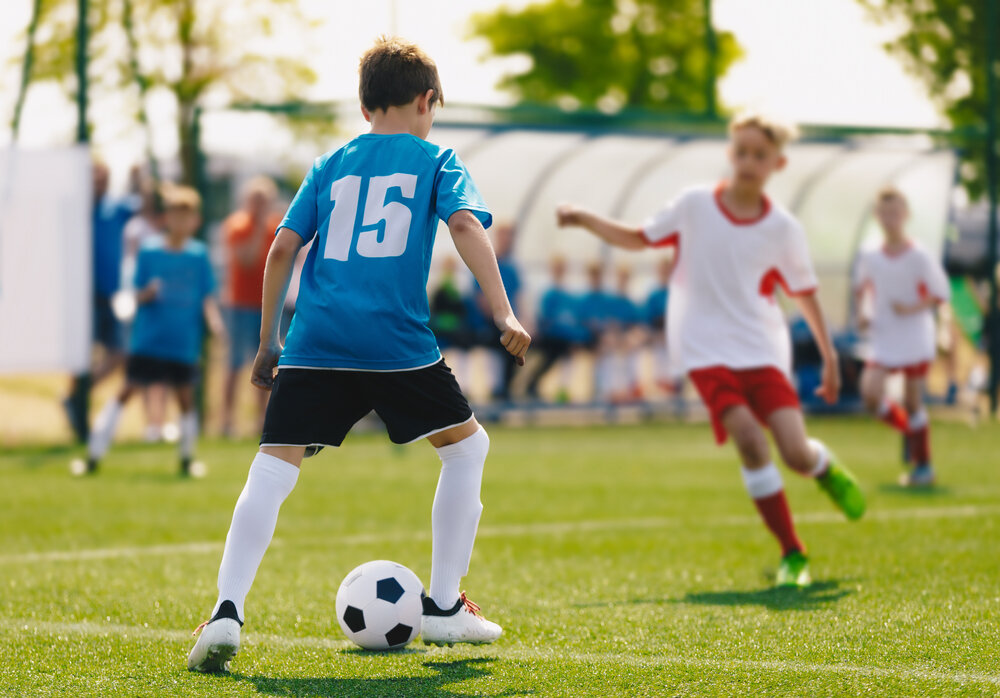Many Things: The Surprising Appeal of Funding Community Parks
/Austin. photo: Trong Nguyen/shutterstock
We're living in a golden age of public parks philanthropy. In city after city—including New York, Houston, San Francisco, Atlanta, Cleveland, Chicago and Tulsa—deep pocketed mega-givers have invested big in public parks. Often these donors are motivated by the vision of creating a grander, greener metropolis or are riding to the rescue of parks that struggle to find resources in an era of tight city budgets.
But there's also another kind of funder getting behind parks these days: Foundations that are working on issues of health and equity.
Similar to the racial and economic gaps in education, housing, and health, there are major gaps in who has access to parks and recreation facilities. Low-income neighborhoods tend to have fewer greenspaces, which has negative effects on public health and quality of life.
Funding parks and playgrounds has emerged as a bigger priority among foundations as more health grantmakers have looked upstream to address the causes of poor health. Enable more kids and adults to exercise close to home, the logic goes, and that will help make a dent in the sedentary and unhealthy lifestyles that fuel high obesity rates and chronic diseases like diabetes.
The latest example of a health foundation investing in parks comes from Austin, Texas, where one of the top funders in town, St. David’s Foundation, just kicked in over $1 million to make community park facilities more accessible to everyone.
This local health funder with over $70 million in annual giving seek parks as yet another way to build healthy communities. Alongside the Austin Parks Foundation and the Trust for Public Land, St. David’s has been searching for ways to get more people active in the outdoors around Austin, whether that means taking a jog around the lake, playing at neighborhood playgrounds, or going for a walk with the family dog.
Earl Maxwell, the CEO of St. David’s said:
Central Texans are looking for new ways to get outside and get active, to improve physical as well as mental health. With these grants, we're providing fun and easy opportunities for Austinites to be more active, right in their neighborhoods, and also researching where future investments are needed to further provide outdoor activity options for Central Texans.
Health is a key driver of St. David’s giving for downtown or Eastside parks, but there’s more to it than that. Sure, outdoor exercise has the potential to reduce health risks and lower stress, but investments in parks can also advance equity in local communities. Like good schools, good parks are a basic public good to which everyone deserves access.
There's also a broader set of ideas at work here about the value of engaging the outdoors, and some nonprofits and funders are keen to change of narrative of outdoor exploration, especially for inner-city youth of color. They seek opportunities to boost leadership skills, build self-confidence, and set a healthy living precedent that lasts well into adulthood. A deeper connection to the outdoors also can pave the way to more awareness about environmental issues, but establishing that connection starts with a child’s first experiences with nature and outdoor play.
Austin is fertile ground for work in this area, given its close proximity to some serious nature. The St. David’s Foundation has made local park investments by way of grants to the Austin Parks Foundation, the Trust for Public Land, the Downtown Austin Alliance, the Trail Foundation, Keep Austin Beautiful, and the YMCA of Austin. Various conservancy organizations, including the Waller Creek, Shoal Creek, and Pease District Conservancies, also received this funder’s support to make park improvements. This new money is going toward creating bilingual signage and maps on trails, providing year-around physical activity programming, replacing playground equipment, and renovating pool bathhouses around town.
“Opportunities to be active” is one of St. David’s current strategic priorities for improving the physical and mental health of Central Texans, which you can learn more about here.







































